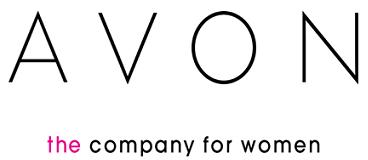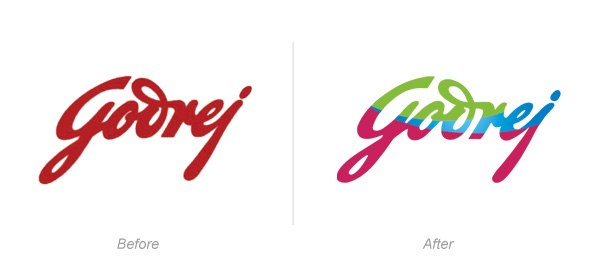For years, Avon lady was a fixture in American neighborhoods. Selling door-to-door built Avon into the world’s largest manufacturer of beauty products. Avon operates in 135 countries and besides the cosmetics it also sells jewelry, home furnishings, and babycare products. Avon pioneered the idea of hiring housewives for direct selling cosmetics in the neighbourhood. But in 1980s, as millions of women began to work outside the home, the cosmetics maker’s pool of customers and sales representatives dwindled, and its sales faltered. By 1985, its profits were half what they had been in 1979.
Consumer research showed that many women thought Avon’s make-up was “stodgy,” its gifts products overpriced, and its jewelry old-fashioned.… Read the rest





